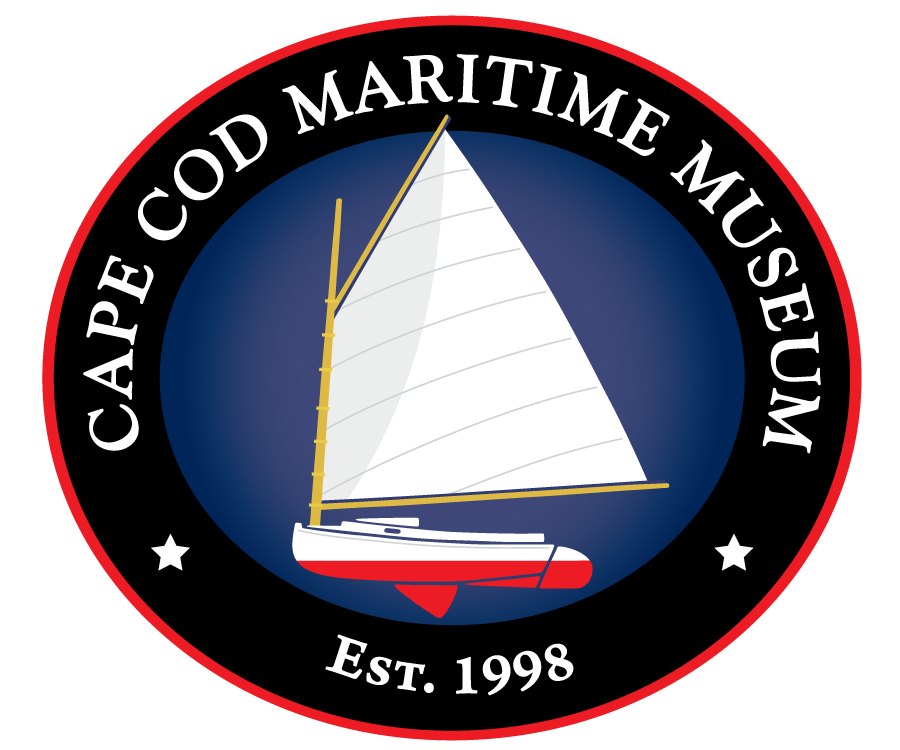Boatbuilding and Fiberglass:
Two Stories
The switch from wooden boatbuilding to fiberglass was not immediate, and not without its challenges. Here are two stories about two places, and the stories of their fiberglass boats
Cape Cod Shipbuilding, and Mr. Goodwin
Cape Cod Shipbuilding Co. was founded in 1899 by the Gurney brothers as the Cape Cod Power Dory company. They built wooden pleasure craft in a variety of sizes, and Coast Guard boats. In 1919, they moved the company to its present location, and changed the name to its present name.
In 1939, a boat dealer from New Jersey named E.L. Goodwin arrived to talk with someone at the company about the decline in quality of the boats. He arrived at a company in bad shape, with only one remaining employee and a good bit of debt. He bought the company that day.
Between 1939 and 1947 Cape Cod Shipbuilding Co. continued making wooden boats, & launches for the military during the war. Goodwin travelled to Washington, D.C. personally to make the contracts. Under Goodwin’s leadership, Cape Cod Shipbuilding Co. went from having 1 employee to now over 100.
What was it about Fiberglass?
In 1947, Goodwin had heard about fiberglass technology on one of his trips to Washington. He did his own research and learned a great deal about the material and how it could be used— especially for boats.
-
He was convinced. He stopped wooden boat production at the company, and switched them to fiberglass boat production. They created the first fiberglass molding room, with a concrete floor and fireproof walls. The ceiling was low, and there were no windows in order to keep a steady temperature for consistent curing of the resin.
-
Not really. Through the 40s and 50s, he had to work hard to sell the idea of a fiberglass boat to people; many folks were not convinced they were safe. They didn’t think the boats would float. Goodwin demonstrated, many times over, that even a ‘swamped’ boat (full of water) would float with him in it.
-
The process of fiberglass production is similar to cake making, or concrete setting. The boat’s color is sprayed in a mold, then the fiberglass material is laid in, allowed to cure, and then is released from the mold. Goodwin hired several concrete workers to help the process and to engineer the mold to make the boats come out easier.
Today, Cape Cod Shipbuilding Co. builds and maintains fiberglass boats in Wareham, MA. And with a century’s worth of know-how, their highly skilled craftsmen implement this proven and uniquely developed manufacturing process.
In 1972, William ‘Bill’ Harding carefully measured three original wooden Herreshoff 12 ½s and created a new fiberglass boat. His plan was to create fiberglass sailboats which were exact replicas of the original wooden design, especially removing the usual weight advantage fiberglass boats have. He couldn’t call them ‘Herreshoff 12 1/2's, so he called his new creation a Doughdish (“doe-dish”).
What is a “Doughdish”?
So what happened to it?
Doughdish production has come under the stewardship of Ballentine's Boat Shop, a family-run business in Cataumet, MA. Ballentine’s has been known for their work with the original Herreshoff 12 1/2s, and they had worked closely with Harding since the first Doughdish.
-
When they transitioned to building the Doughdish, Ballentine’s brought with them the knowledge gained from many years of maintaining them. They knew the limitations of the different materials used in the boat’s construction, and were able to update those materials to strengthen the life of the boat.
-
The Doughdish embodies all the characteristics of the original wooden boats and is substantially identical in detail. Great care has been taken to reproduce the same appearance, shape, displacement and sailing performance of the originals, and therefore she has been accepted into the H Class for competition.
-
Yes! The Bill Harding Memorial Regatta was founded as a celebration to honor Mr. Harding's memory and his contributions to the Herreshoff 12 ½ and Stuart Knockabout designs. Check out out ‘Regions Regatta's’ page for more information.













